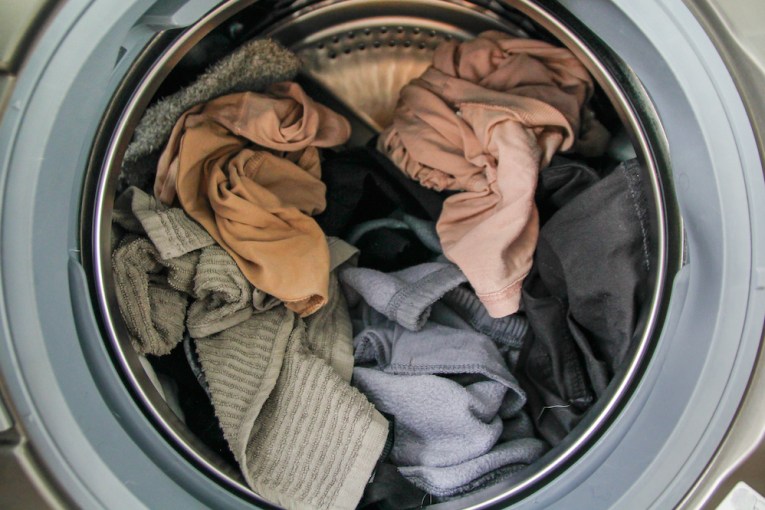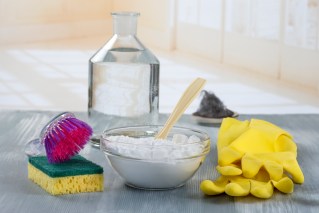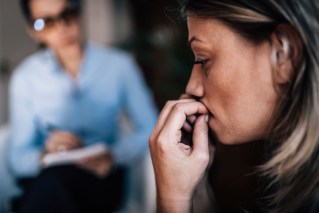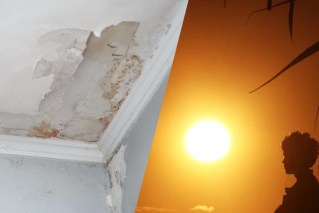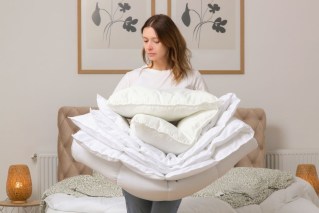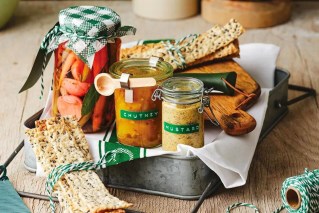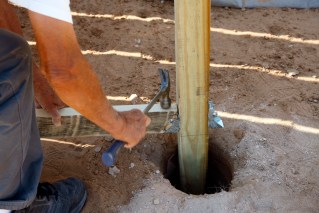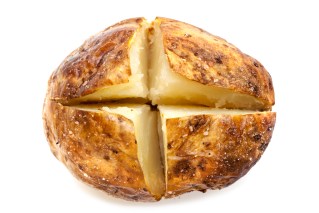War on Waste: Engineer builds recyclable house to reduce waste and achieve sustainability
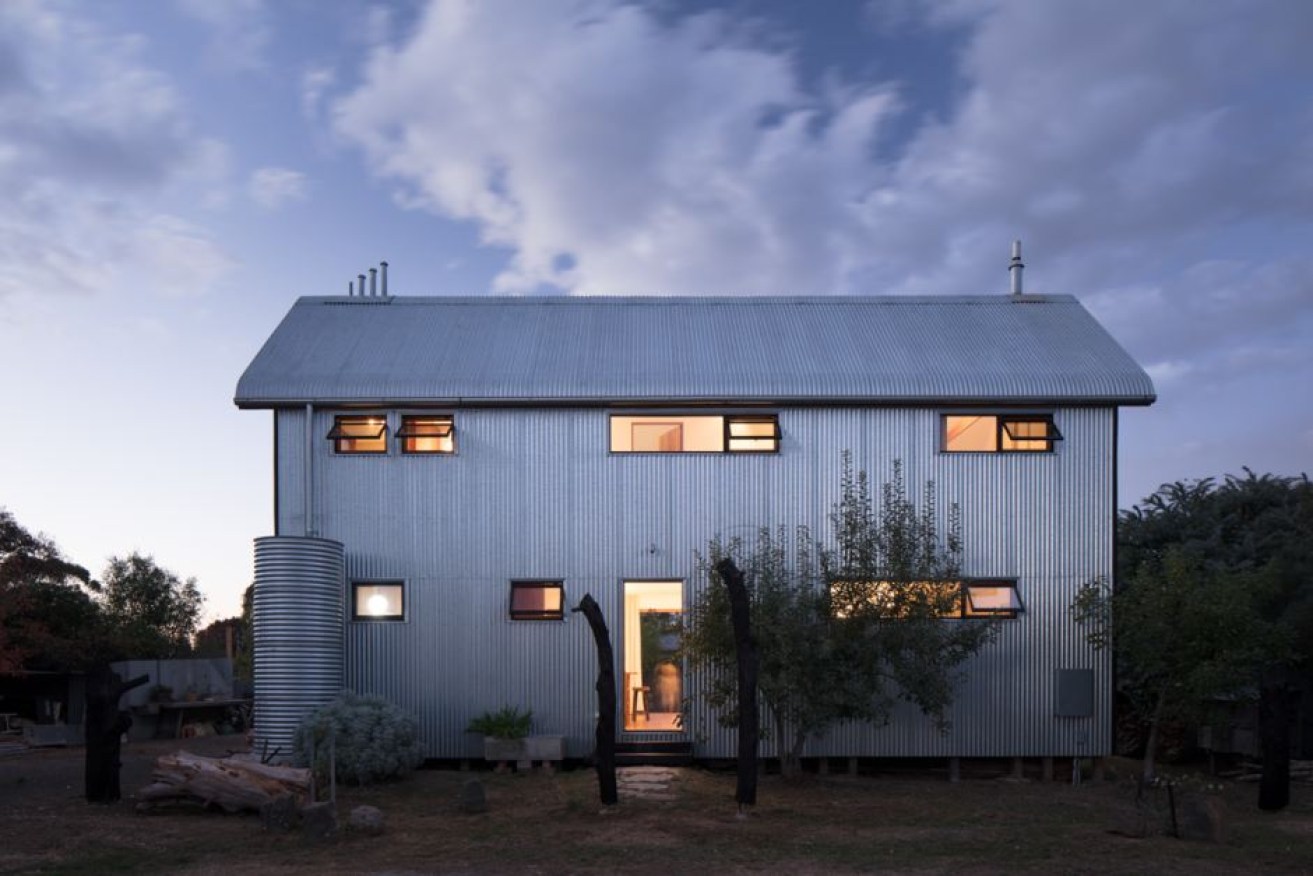
The recyclable galvanised, corrugated steel external cladding references the Australian woolshed. Photo: Quentin Irvine
An engineer who has had a love of “junk” from a young age has built a house that is recyclable, to ensure there will be no waste from it in the future.
Quentin Irvine believes if every object in the world was designed for recyclability, there would be no waste.
While items such as plastic bottles can be recycled, the builder and designer tackled a much bigger item — a four-bedroom house in Beaufort, western Victoria.
Although some houses are made from recycled materials, Mr Irvine’s house was built from materials that could be recycled.
The solar-passive, timber-framed house clad in galvanised steel is largely made of two main groups of materials — technically recyclable materials such as plastics and metals, and naturally recyclable materials such as timber and natural glues, oils and finishes.
“It’s kind of like thinking of all these materials that go into the house as an investment for the future,” Mr Irvine said.
It is not just the building materials that are key to the design — Mr Irvine employed some old-fashioned building techniques, which added to the recyclability.

Builder and designer Quentin Irvine and his family when they were living at the Beaufort house. Photo: Quentin Irvine
This strong design philosophy of Mr Irvine’s is based on the consideration of the entire life cycle of a product.
It was inspired by the design concept Cradle to Cradle, developed in the 1990s by professor Michael Braungart, a German chemist, and William McDonough, an American designer.
In nature everything is cyclical, so Mr Irvine wanted a sustainable house that reflected that and did not wind up as landfill.
“There is absolutely no waste in nature, so why should there be waste in human society?” he said.
“Waste is a human-designed construct and is something which is designed into many of the millions of products humans think up and manufacture.”
Mindset change for building industry

Recycled timber was used for the floorboards, wall linings and joinery, with natural paint on the fully compostable plaster boards. Photo: Quentin Irvine
Mr Irvine said while it could be considered a challenge to achieve recyclability in housing design in the mass housing market, all it would take was a “mindset change” in the building industry.
This could include employing materials the builder screwed and nailed together, instead of using glue, so they could be pulled apart and recycled.
“We can keep naturally recycled things from technically recycled things, then we can recycle everything in a building or product,” Mr Irvine said.
He said a common practice in timber-framed Australian houses was to glue a non-recyclable chipboard onto a recyclable timber floor frame, often followed by gluing carpet or other flooring.
“The thing is now unrecyclable,” Mr Irvine said.
In Mr Irvine’s house, older-style plasterboards largely made of paper and gypsum were screwed in place and painted with natural paint.
Where Mr Irvine did use glue, he made sure it was natural soy-based glue, and used it on plywood kitchen cupboards instead of melamine chipboard.
Likewise, the paints and sealants were largely biodegradable.
‘The life of an Australian kitchen is extremely short’

Instead of layers of materials glued together, recycled cement sheets with stainless steel floor trays created a waterproofing layer in the bathroom. Photo: Quentin Irvine
Mr Irvine said consistency was key in achieving sustainability in housing design, and it was much easier than people thought.
He said a good place to start changing design principles was in the bathroom and kitchen, because the practice of upgrading a kitchen every decade or so created a lot of landfill.
“The life of an Australian kitchen is extremely short. It gets swapped out not because it is past its use-by date, but just because fashions change, and people like to put their mark on houses they buy,” Mr Irvine said.
He said it would be easy to change the materials used in mass housing production to create recyclable kitchens, including changing installation techniques — such as screwing on benchtops, making them removable.
Mr Irvine’s commitment to a lack of chemicals was extended to the bathroom construction, where recycled cement sheets were screwed to the floor then covered by stainless steel floor trays, rather than using a chemical membrane covered in tiles.
The finish was timber floors in one bathroom and pebbles in the other.
“Which is one way to waterproof a bathroom floor,” Mr Irvine said.
A love of junk from an early age

One side of the house is clad in charred timber, from the ancient Japanese craft of fire treatment, known as Yakisugi. Photo: Quentin Irvine
The former electronic engineer turned builder and designer was a recycler from an early age, having developed a love of “junk” after trips to junk shops and tips with his father.
These trips would often yield interesting finds that the then-seven-year-old would make things with.
Coupled with the fact he became the proud owner of a cordless drill at the age of about 10, followed by an electric jigsaw a few years later, it would seem Mr Irvine was destined to build.
“I’ve always really been an engineer. I’ve always been very technically minded. I’ve always loved pulling things apart and learning how they worked,” he said.
At university he “pilfered” the physics and engineering department dumpsters — also known as “goldmines for amazing gadgets” and building materials.
Along with the technical aspects of his recyclable house is a close attention to aesthetics, which he attributed to the influence of his father and brother, who are both artists.
The northern side of the house is clad in striking charred black timber and recyclable galvanised steel.
“Once it does get demolished it becomes fuel. It becomes raw materials to build the next house,” Mr Irvine said.
–ABC
